Services → Dental Bridges & Crowns
A crown is a cap or a covering for a tooth. It is a fixed replacement for a missing tooth/teeth. A bridge is used to span the gap of missing teeth. For a single missing tooth, 3 crowns are required to bridge the gap made by it.


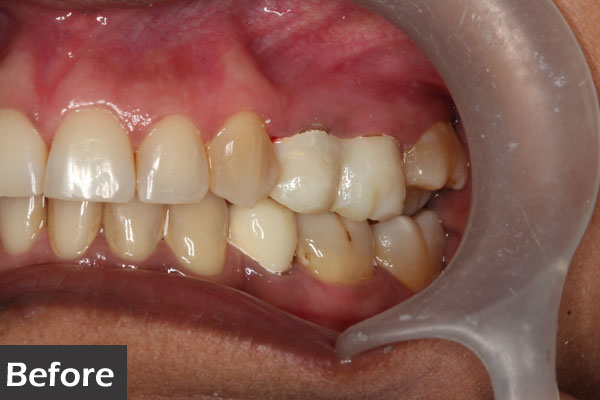
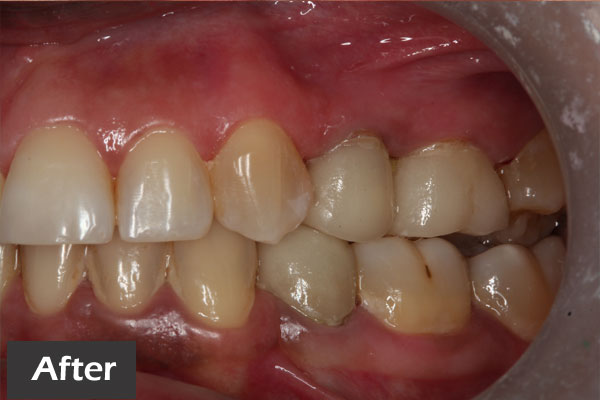

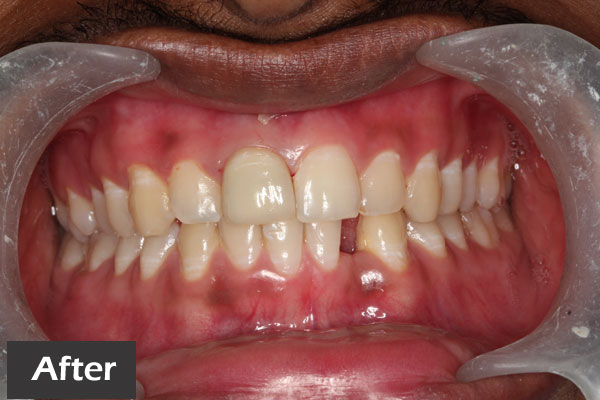
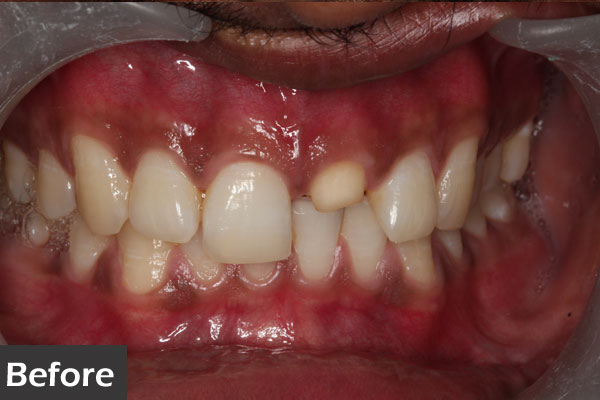
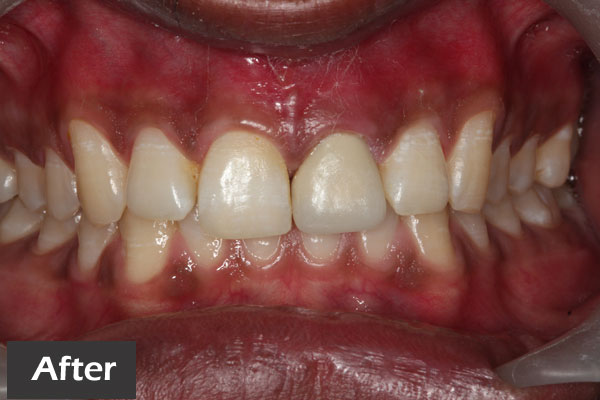
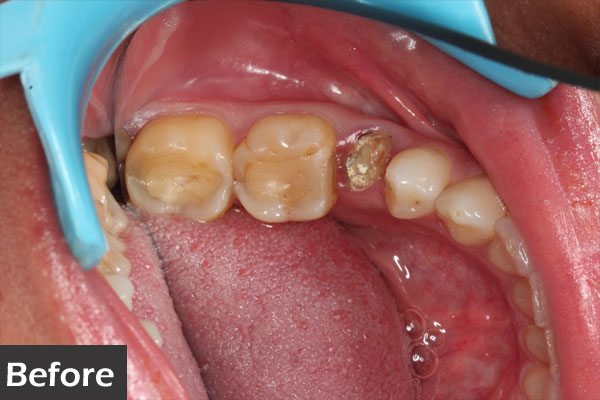
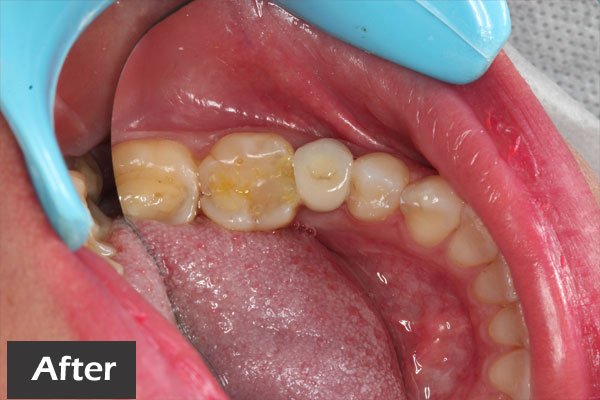
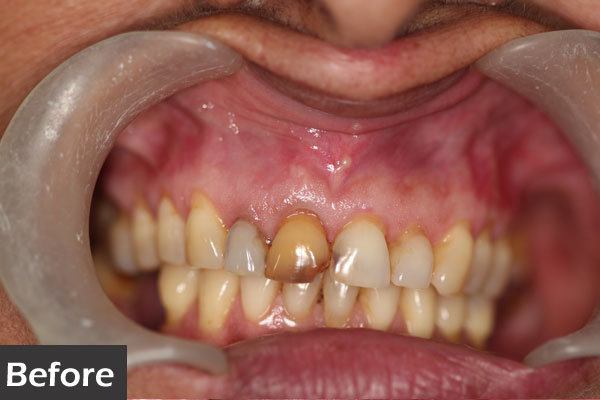


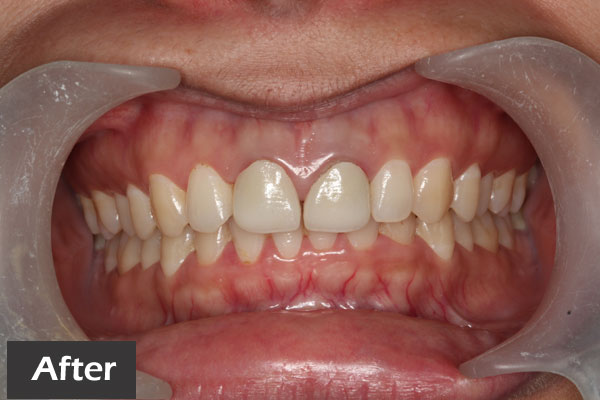
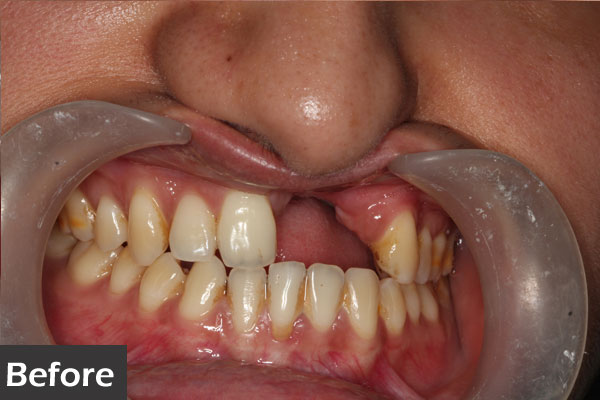
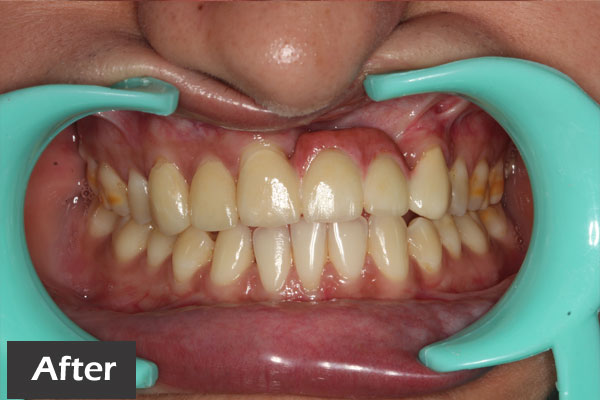
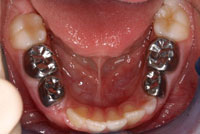 Stainless steel crowns are prefabricated crowns that are used on permanent teeth primarily as a temporary measure. The crown protects the tooth or filling while a permanent crown is made from another material. For children, a stainless steel crown is commonly used to fit over a primary tooth that's been prepared to fit it. The crown covers the entire tooth and protects it from further decay. When the primary tooth comes out to make room for the permanent tooth, the crown comes out naturally with it. In general, stainless steel crowns are used for children's teeth because they don't require multiple dental visits to put in place and so are more cost- effective than custom-made crowns and prophylactic dental care needed to protect a tooth without a crown.
Stainless steel crowns are prefabricated crowns that are used on permanent teeth primarily as a temporary measure. The crown protects the tooth or filling while a permanent crown is made from another material. For children, a stainless steel crown is commonly used to fit over a primary tooth that's been prepared to fit it. The crown covers the entire tooth and protects it from further decay. When the primary tooth comes out to make room for the permanent tooth, the crown comes out naturally with it. In general, stainless steel crowns are used for children's teeth because they don't require multiple dental visits to put in place and so are more cost- effective than custom-made crowns and prophylactic dental care needed to protect a tooth without a crown.
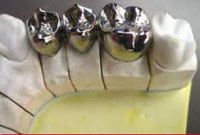 Metals used in crowns include gold alloy, other alloys (for example, palladium), or a base-metal alloy (for example, nickel or chromium). Compared with other crown types, less tooth structure needs to be removed with metal crowns, and tooth wear to opposing teeth is kept to a minimum. Metal crowns withstand biting and chewing forces well and probably last the longest in terms of wear down. Also, metal crowns rarely chip or break. The metallic color is the main drawback. Metal crowns are a good choice for out-of-sight molars.
Metals used in crowns include gold alloy, other alloys (for example, palladium), or a base-metal alloy (for example, nickel or chromium). Compared with other crown types, less tooth structure needs to be removed with metal crowns, and tooth wear to opposing teeth is kept to a minimum. Metal crowns withstand biting and chewing forces well and probably last the longest in terms of wear down. Also, metal crowns rarely chip or break. The metallic color is the main drawback. Metal crowns are a good choice for out-of-sight molars.
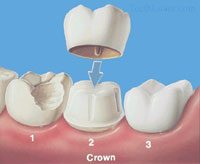 Porcelain-fused-to-metal dental crowns can be color matched to your adjacent teeth (unlike the metallic crowns). However, more wearing to the opposing teeth occurs with this crown type compared with metal or resin crowns. The crown's porcelain portion can also chip or break off. Next to all-ceramic crowns, porcelain-fused-to-metal crowns look most like normal teeth. However, sometimes the metal underlying the crown's porcelain can show through as a dark line, especially at the gum line and even more so if your gums recede. These crowns can be a good choice for front or back teeth.
Porcelain-fused-to-metal dental crowns can be color matched to your adjacent teeth (unlike the metallic crowns). However, more wearing to the opposing teeth occurs with this crown type compared with metal or resin crowns. The crown's porcelain portion can also chip or break off. Next to all-ceramic crowns, porcelain-fused-to-metal crowns look most like normal teeth. However, sometimes the metal underlying the crown's porcelain can show through as a dark line, especially at the gum line and even more so if your gums recede. These crowns can be a good choice for front or back teeth.
 Metal free crown/ All Ceramic crowns are fabricated using dental ceramic. Metal-free crowns are a type of highly aesthetic restorations entirely made of ceramic. They can imitate natural characteristics of teeth, transmitting light like natural teeth. They fit in alignment much better, particularly if only some teeth are restored, rather than all of them. In such cases it is impossible to make a difference between Metal-free crowns and natural teeth. Their interior is made of materials described as biocompatible, which means that they do not cause any reaction of the surrounding tissue, enabling the gingiva to shape around them as if they were natural teeth. Metal-free crowns are a combination of supreme quality and durability.
Metal free crown/ All Ceramic crowns are fabricated using dental ceramic. Metal-free crowns are a type of highly aesthetic restorations entirely made of ceramic. They can imitate natural characteristics of teeth, transmitting light like natural teeth. They fit in alignment much better, particularly if only some teeth are restored, rather than all of them. In such cases it is impossible to make a difference between Metal-free crowns and natural teeth. Their interior is made of materials described as biocompatible, which means that they do not cause any reaction of the surrounding tissue, enabling the gingiva to shape around them as if they were natural teeth. Metal-free crowns are a combination of supreme quality and durability.
 Traditional bridges involve creating a crown for the tooth or implant on either side of the missing tooth, with a pontic in between. Traditional bridges are the most common type of bridge and are made of either porcelain fused to metal or ceramics.
Traditional bridges involve creating a crown for the tooth or implant on either side of the missing tooth, with a pontic in between. Traditional bridges are the most common type of bridge and are made of either porcelain fused to metal or ceramics.
 Implant Retained Bridges are the gold standard in replacing missing teeth. If there are a number of missing teeth then we can use multiple implants to support implant retained bridges, which can be extended to fill an entire jaw if needed.
Implant Retained Bridges are the gold standard in replacing missing teeth. If there are a number of missing teeth then we can use multiple implants to support implant retained bridges, which can be extended to fill an entire jaw if needed.
 Precision Attachments are special attachments used for the perfect fit of removable partial dentures. The attachment prosthesis consists a combination of permanently fixed and removable denture (semi fixed denture). It is a passive retention mechanism by which the abutment teeth are not exposed to excessive forces.
Precision Attachments are special attachments used for the perfect fit of removable partial dentures. The attachment prosthesis consists a combination of permanently fixed and removable denture (semi fixed denture). It is a passive retention mechanism by which the abutment teeth are not exposed to excessive forces.